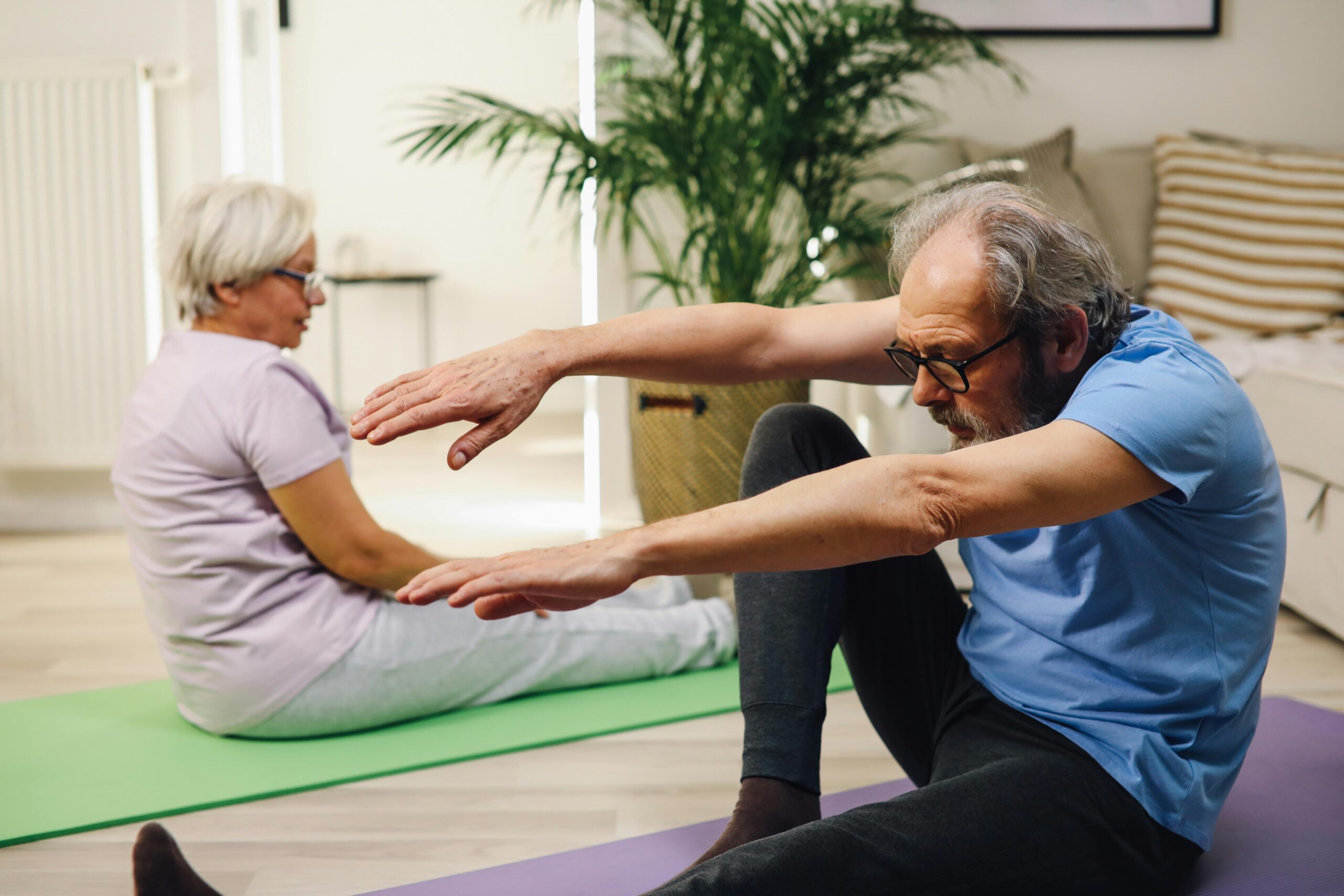Geriatric Physical Therapy: Restoring Mobility, Independence, and Quality of Life for Seniors
As we grow older, our bodies naturally change — joints may stiffen, muscles may weaken, and balance may feel less steady. These shifts can make it more challenging to walk, enjoy hobbies, or perform daily tasks without assistance.
Geriatric Physical Therapy (GPT) is specifically designed to help older adults maintain their activity, independence, and confidence in their movement. It’s not just about exercises; it’s about giving seniors the tools they need to maintain their quality of life.
What Is Geriatric Physical Therapy?
Geriatric Physical Therapy is a specialized area of physiotherapy that focuses on the unique needs of older adults. It addresses conditions like:
- Arthritis and joint pain
- Osteoporosis
- Post-surgery recovery (hip or knee replacement)
- Neurological conditions such as stroke or Parkinson’s disease
- Chronic pain management
- Fall prevention and balance training
Key Benefits for Seniors
- Pain Relief
Gentle, targeted exercises and hands-on therapy can ease stiffness and reduce chronic discomfort. - Better Balance and Stability
Specific coordination drills strengthen stability and lower the risk of dangerous falls. - Faster Recovery After Surgery
Personalized rehabilitation programs help restore mobility and strength after procedures such as joint replacements. - More Independence
Improving movement and strength means being able to dress, cook, and move around without relying heavily on others. - Improved Mood and Confidence
Staying active supports mental health, reduces feelings of isolation, and builds self-assurance.
A Typical Geriatric PT Program
A session may include:
- Initial assessment of posture, mobility, and medical history
- Custom exercise plan targeting strength, flexibility, and balance
- Education on safe movement techniques for daily life
- Progress tracking with regular adjustments to the plan
Practical Tips for Staying Active at Home
Even outside therapy sessions, movement matters. Here’s how seniors can stay active safely:
- Take short walks each day — start slow, and only after your doctor or physical therapist says it’s safe.
- Stretch in the morning to wake up your muscles and improve flexibility.
- Practice balance by standing on one foot for a few seconds while holding onto a chair.
- Stay hydrated and eat nutrient-rich foods to keep muscles strong and energy levels up.
Pro Tip: Consistency is key. Small, daily actions can make a big difference over time.
Final Thoughts
Aging doesn’t have to mean giving up independence. With the right physiotherapy approach, seniors can continue to walk with confidence, move without constant pain, and enjoy the activities they love.

